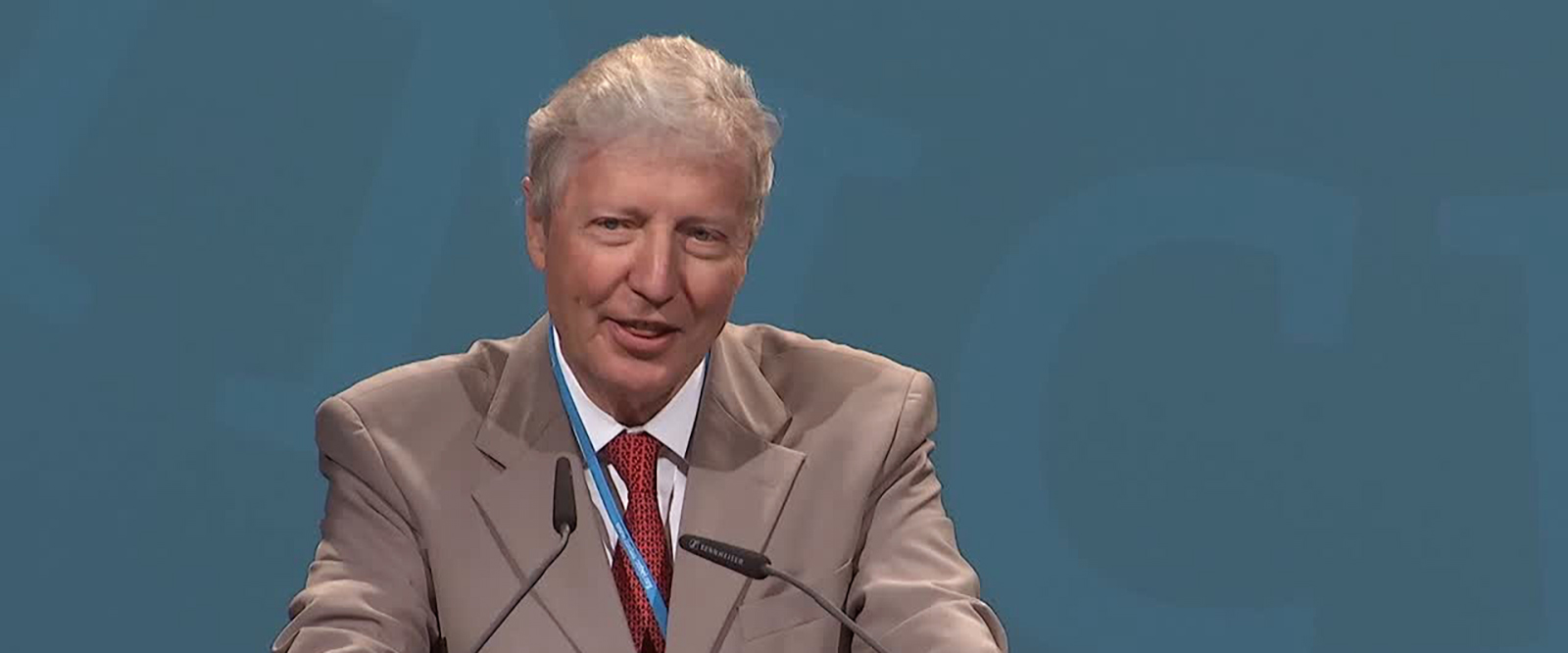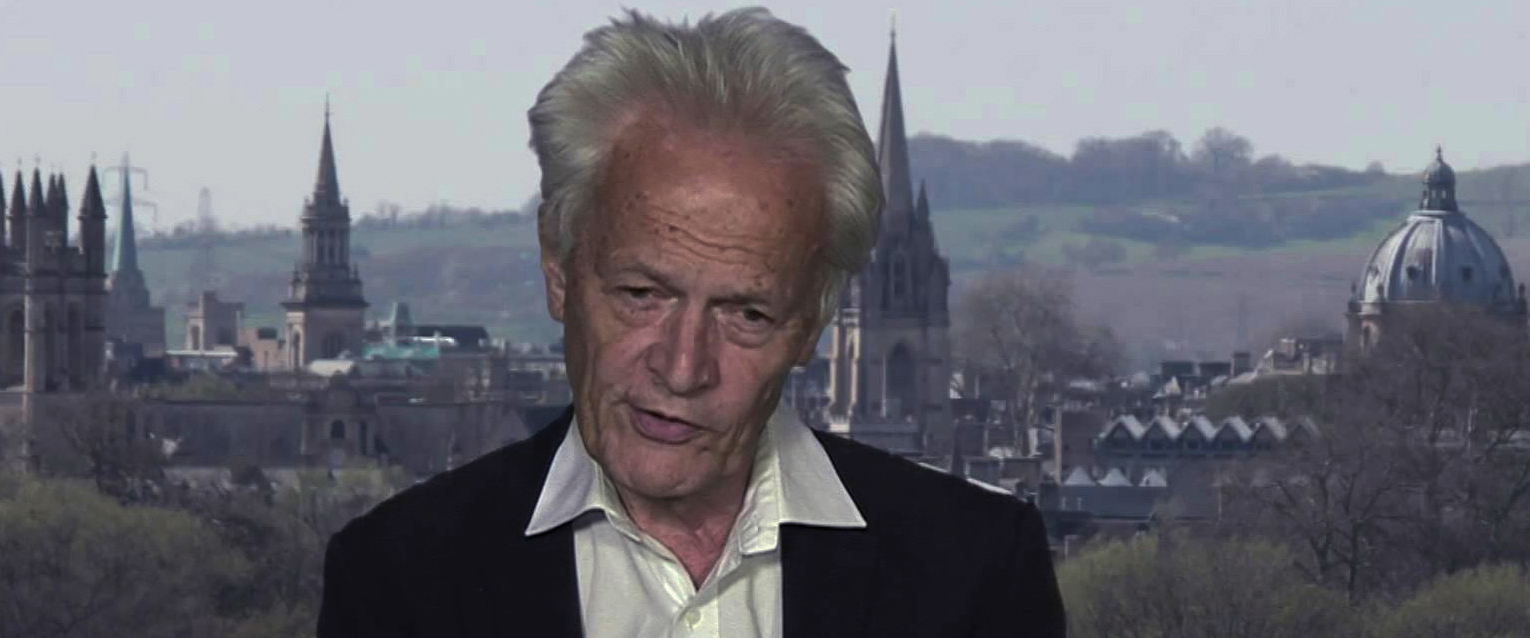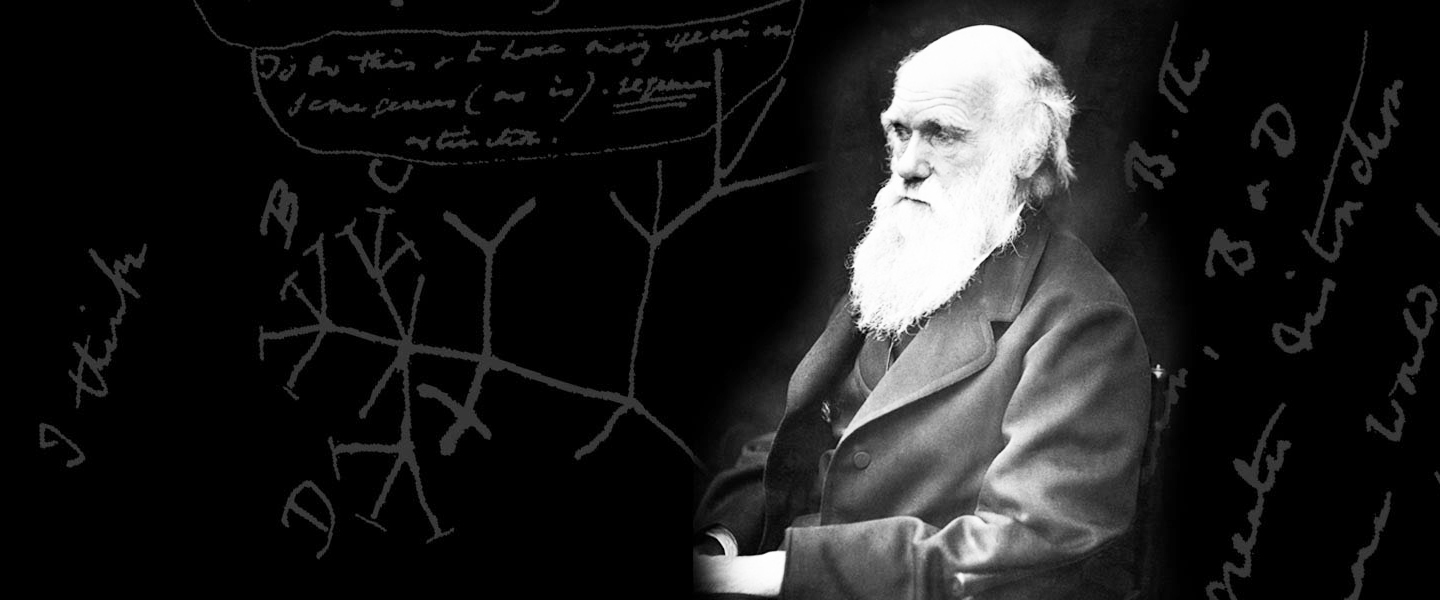A number of PhD students and medical trainees lived and worked in College during the academic year 2016/17 and made progress toward their PhD degree or their specialty diploma. The text below contains brief reports of their work during the year.
Alberto Martinasso, Medical Trainee in Patologia Clinica e Biochimica Clinica (supervisor: )
I have been in the Microbiology Laboratory of the San Matteo Hospital till January and I have worked on clinical samples. Clinical samples can be collected from almost every part of the human body, but the majority of them are from blood, urine, cerebrospinal fluid, fecal material, oropharingeal mucosae, vaginal and cervical mucosae and from skin. Some of them need preparations, while others no. And at the end they can be sown on plates or distribuited on slides and analyzed. So we can find out what kind of microorganism is causing the infectious disease that troubling the physician and we can also analyze the sensitivity to the chemiotherapy. Actually I am working at the ImmunoTransfusional Service of the San Matteo Hospital. Here I work on: blood collection from healthy donors, stem cell collection from healthy and non-healthy donors and from blood cord, post-transplant rejection (AGVHD, CGVHD, BOS/CLAD), diseases who needs plasma-exchange (TTP, hepatic failure, DIC) or eritro-exchange (falcemic crisis), blood transfusion.
Comparison of two automated mononuclear cell collection systems in patients undergoing extracorporeal photopheresis: a prospective crossover equivalence study. Del Fante C, Scudeller L, Martinasso A, Viarengo G, Perotti C. Transfusion. 2016 Jun 1 [Epub ahed of print] PMID: 27250563
Farshad Piri, PhD student in Electronics, Computer Science and Electrical Engineering (supervisor: )
5th generation of wireless networks. The latest wireless and cellular technology which nowadays are used is 4th generation of networking which is limited in data rate speed which cause us to use lower quality of video or audio streaming or low bandwidth which cause us to have lower internet connection speed in our wireless devices like cell phones, in order to increase the speed and bandwidth and also improve so many other features like capability of network coverage and large intercommunication with other networks the 5th generation of wireless and cellular networks are developing at the moment. The key thing that let us to implement this 5G system is advanced Microelectronic fabrication which let us to design integrated circuits in 1milimeter and transistors in 10 Nano meter scale. Thanks to University of Pavia which is one of the leaderships in this field in Europe and world we are working on the circuits and chips and fabrication of the ICs for 5G networks. There is a view of my first IC which is developed in AIC lab of university of Pavia under supervision of Prof. Francesco Svelto.
Maria C Renna, postgraduate research fellow in Haematology (supervisor: M Cazzola)
From the beginning of January I started a research grant titled “ An integrated platform for molecular studies and clinical trials in chronic myeloproliferative neoplasm” at the Hematology Department of the IRCSS Policlinico San Matteo of Pavia (Prof. Mario Cazzola). Here my work consist in the study of the molecular basis of the myelodysplastic and myeloproliferative disorders for the development of new diagnostic and therapeutic strategies. The studies are conducted in collaboration with the Oxford Molecular Haematology Unit ( Prof. Jacqueline Boulwood) , the Karolinska University Hospital in Stockholm and the Heinrich-Heine University in Duesseldorf. In particular now we’re studying the Jak2 gene mutations which plays a major role in the pathogenetic mechanism of these disorders. According to the World Health Organization (WHO) classification of tumors of hematopoietic and lymphoid tissues, myelodysplastic/myeloproliferative neoplasms are clonal myeloid neoplasms that have some clinical, laboratory, morphologic findings that support a diagnosis of myelodysplastic syndrome, and other findings that are more consistent with myeloproliferative neoplasms. These disorders include chronic myelomonocytic leukemia, atypical chronic myeloid leukemia (BCR-ABL1 negative), juvenile myelomonocytic leukemia, and myelodysplastic/ myeloproliferative neoplasms, unclassifiable. In 2005 by studying loss of heterozygosity (LOH) of chromosomes 9p our research group found that most patients with MPN carry the JAK2 (V617F) mutation. This somatic gain-of-function mutation provides a proliferative advantage leading to clonal proliferation of hematopoietic cells. Our research actually focus on myelodysplastic/myeloproliferative neoplasms of adulthood, and in particular on chronic myelomonocytic leukemia. We are current studying familial MPN and by using high resolution SNP microarrays we are analyzing the genomic aberration that underlie leukemic transformation. Finally we are participating in clinical trials on the use of JAK2 inhibitors for treatment of patients with MPN. Recent studies have partly clarified the molecular basis of MPN, laying the groundwork for the development of molecular diagnostic and prognostic tools. We hope to make advances in the understanding of the molecular basis of these dirorders to translate it into novel therapeutic approaches.
Carmelo Sgarlata, Medical Trainee in Clinical Medicine (supervisor: )
This year has been for me very constructive in terms of professional and personal growth. My professional activity took place mainly at an Internal Medicine Department at the Hospital IRCSS Policlinico S. Matteo in Pavia. I really believe that these experiences have significantly contributed to expand and consolidate my professional skills. In addition, many positive experiences have enriched this year. For example, in February, I followed the American Heart Association Advanced Cardiovascular Life Support Couse (ACLS-Provider) and obtained the relevant certification (ACLS-Provider) with passing the final exam and obtaining the relevant certification. In April I attended the Musculoskeletal Ultrasound course held by the Professor Giuseppe Monetti (University of Bologna, April 2016) at the Muskoloskeletal Ultrasound School of Bologna and through which I had the opportunity to deepen my knowledge of this very important US technique. From the scientific point of view I have taken great satisfaction from having participated as a speaker at the Regional FADOI Congress of Lombardy 2012 (Milan) organized by FADOI Lombardy (Federation of Associations of Hospital Doctors on Internal Medicine ) giving a talk entitled " La nuova frontiera del controllo dell’ipercolesterolemia” discussing innovative treatment for hypercholesterolemia management. I also held an oral communication at the National FADOI Congress 2016 (in Rome, May 2016) giving a talk entitled “Lung ultrasound: clinical utility in uncooperative patients with psychomotor agitation and suspected pneumonia” in which I discussed the result of a study I conducted on the use of lung ultrasound in patient with acute dyspnea in Internal Medicine, an innovative technique. I also performed research on other topics such as Alzheimer Disease (innovative treatment by pulsed electromagnetic asymmetrical stimulation), pain management in the elderly and Diabetes with the following pubblications:
C. Sgarlata, F. Guerriero, M. Rollone, M. Carbone, L. Magnani. Lung ultrasound: clinical utility in uncooperative patients with psychomotor agitation and suspected pneumonia.. Italian Journal of Medicine 2016; 10(s2), 107.
C. Sgarlata, F. Guerriero, L. Magnani, M. Carbone, M. Rollone. Proton pump inhibitors and low magnesium levels: a brief analysis. Italian Journal Of Medicine 2015; 9(s2), 100-101.
C. Sgarlata , F. Guerriero , M. Carbone , L. Magnani , M. Rollone . Medications poisoning: toxicity by cardiovascular drugs. A case report. Italian Journal of Medicine 2016; 10(s2), 107.
F. Guerriero, C. Sgarlata , N. Maurizi , M. Francis , M. Rollone , M. Carbone , M. Rondanelli, S. Perna , G. Ricevuti. Pain management in dementia: so far, not so good. Journal of Gerontology and Geriatrics 2016;64:31-39.
Guerriero F, Roberto A, Greco MT, Sgarlata C, Rollone M, Corli O . Long-term efficacy and safety of oxycodone-naloxone prolonged release in geriatric patients with moderate-to-severe chronic noncancer pain: a 52-week open-label extension phase study. Drug Design, Development and Therapy 2016:10 1515–1523
L. Magnani, C. Sgarlata, F. Guerriero, M. Carbone, M. Rollone. .Deceptions and pitfalls in cancer: when the severity of the clinical picture makes diagnosis difficult. A case report. Italian Journal of Medicine 2016; 10(s2), 69.
M. Carbone, C. Sgarlata, M. Rollone, F. Guerriero, L. Magnani.. Evaluation of the prevalence of cognitive impairment in a population of patients admitted to an internal medicine department by the administration of the Short Portable Mental Status Questionnaire (SPMSQ). Italian Journal of Medicine 2016; 10(s2), 20.
F. Guerriero , C. Sgarlata , L. Magnani , M. Carbone , M. Rollone.. Deceptions and pitfalls in dementia: a singular case of anorexia in the elderly. Italian Journal of Medicine 2016; 10(s2), 60.
M. Rollone , C. Sgarlata, F. Guerriero, M. Carbone , L. Magnani. .Sarcopenic obesity: an emerging disease. A screening is possibile in clinical practice? Italian Journal of Medicine 2016; 10(s2), 99-100.
M. Carbone, F. Guerriero, C. Sgarlata, M. Rollone, C. Alfano, V. Nieswandt, L. Magnani. Dolore da mastite carcinomatosa: uno studio prospettico multicentrico randomizzato sulla terapia analgesica transdermica basata sul meccanismo patogenetico. Italian Journal of Medicine 2016; 10(s2), 20.
M. Rollone, F. Guerriero, L. Magnani, M. Carbone, C. Sgarlata. Prognostic scores for predicting sepsis mortality in the elderly: a review of the literature. Italian Journal Of Medicine 2015; 9(s2).
G. Beltramello, C. Sgarlata, F. Guerriero, A. Marangoni, M. Ferrari, M. Rollone, L. Magnani. Implementation of a YALE insulin infusion modified protocol in an Internal Medicine ward through the use of a digital application. Italian Journal Of Medicine 2015; 9(s2).
F. Guerriero, C. Sgarlata, M. Carbone, L. Magnani, M. Rollone. A case of iatrogenic anorexia: the importance of a holistic assessment in the elderly. Italian Journal Of Medicine 2015; 9(s2).
F.Guerriero, C. Sgarlata, L. Magnani, M. Carbone, M. Rollone. Prescribing wisely and safely in the elderly. Italian Journal Of Medicine 2015; 9(s2).
Guerriero F, Botarelli E, Mele G, Polo L, Zoncu D, Renati P,Sgarlata C, Rollone M, Ricevuti G, Maurizi N, Francis M, Rondanelli M, Perna S, Guido D, Mannu P. An innovative intervention for the treatment of cognitive impairment-Emisymmetric bilateral stimulation improves cognitive functions in Alzheimer's disease and mild cognitive impairment: an open-label study. Neuropsychiatric Disease and Treatment 2015:11 2391–2404.
Guerriero F, Maurizi N, Francis M, Sgarlata C, Ricevuti G, Rondanelli M, Perna S, Rollone M. Is oxycodone/naloxone effective and safe in managing chronic pain of a fragile elderly patient with multiple skin ulcers of the lower limbs? A case report. Clinical Interventions in Aging 2015:10 1283–1287.
Silvia Tinelli, PhD student in Civil Engineering and Architecture (supervisor: )
Monitoring and Smart Detection Systems in Water Distribution Systems. The ageing infrastructure of water systems together with the increasing demand is adding pressure to the water networks and many problems crop in terms of water leakage, water contamination and inability to detect water quality. Therefore, the purpose of the current research is the investigation of the early detection and the monitoring of water distribution systems. More in details, my research activity can be divided in two subtopics: the first one concerns the possibility of contamination events, either intentional or accidental, since water distribution systems are easily accessible for intruders and most of chemical, biological, radiological or nuclear agents are soluble in water; the second one seeks to identify a method for the detection of any anomalies in the same distribution networks through the use of a stochastic approach. Consequently, my research aimed firstly to verify the evolution of the contaminants distribution in water networks and then, it analyzed the variables which affect the monitoring stations. For this purpose Pavia's water distribution system has been initially studied, and consequently modeled. The current research has also tried to detect and predict water anomalies in water networks, starting from consumption data: it has compared different methodologies based on flow time series data collected from Automated Meter Readings (AMRs) and it has stochastically trained the highest reliability technique to build a forecasting model. Therefore, the research output is the a Sigmoid curve, which predicts the probability of leak occurrence according to three principal ranges of leaks severity: green area means minor leaks, yellow color identifies moderate leaks, while red zone underlines severe risk of leakages. The collaboration with New York University, which took place for the all first year of the PhD, has brought important benefits to the research: firstly, as well as a Supervisor belonging to the University of Pavia (Prof. Eng Carlo Ciaponi), the present work has also a Co-advisor from Pavia University (Assistant Professor Eng. Enrico Creaco) for the first topic, and another one (Prof. Eng. Ilan Juran), afferent to the New York University. The second mentioned Co-advisor allowed me to attend the aforesaid American university for a period of several months, where I could use laboratories, follow specific courses and participate at international seminaries, regarding emerging challenges of eco-sustainable economic and societal urban development. The same co-advisor also let me attend the University of Lille for a short period to gain access to the laboratory, and its consequent activities. In addition, Lille University allowed me to be a part of 'Sunrise Project' (http://www.forum-sunrise.com/en/home-2), whose purpose is the creation of a Government–Industry-University partnership for turning the urban Lille University’s environment into a semi-scale pilot demonstration platform of SUN development and deployment for Resilient Infrastructure & Sustainable Ecosystems. I am personally giving my contribution to this huge project by using Lille laboratories in order to test water sensors and to develop practical experiments on water bio-contaminations. The present research has been approved for the 'XXXV Convegno Nazionale di Idraulica e Costruzioni Idrauliche' where it will be presented. As a consequence of my experiences I attended several international seminaries such as 'NYC Infrastructure Resiliency Plan and Assets Management Challenges', held by Eric C. Macfarlane, P.E., Deputy Commissioner-Infrastructure Division; 'The evolving utility of the future', held by Gerald Dawes, Director of Con Edison Energy; 'Sustainable Mobility Challenges and ITS', held by Raman K Patel, Ph.D., P.E.; 'Program Management of New York’s Mega Projects', held by Michael Horodniceanu, Ph.D., P.E, President of MTA Capital Construction; 'Technology Roadmap Smart Grids', held by John Johnson, CEO of Calm Energy Inc. Particular attention is given to 'Water Eco-Security 2015', which was an Experience Sharing Workshop, co-organized by Unesco, W-Smart, Amwa, Siaap on Eco-Security Challenges & Metropolitan Adaptation Strategies, including smart water network solutions and involving local governments, water and wastewater utilities, innovation industry and consumers. From the beginning of the current academic year I am assisting my Advisor, Prof. Carlo Ciaponi, in his 'Complementi di Costruzioni Idrauliche Urbane' Course and his students with their Master Thesis related to water quality issue with specific interest into multi-species approach.
Muhammad Yasir, PhD student in Electronics, Computer Science and Electrical Engineering (supervisor: Maurizio Bozzi)
I started my PhD continuing my research work that I performed after and during my masters degree thesis. During my masters thesis at the Politecnico di Torino, I worked on the wideband frequency characterization of Carbon Nanotubes Composites. The research activity of my Phd degree is a broader version of the same. Since my PhD research activity covers a lot of other nanomaterials, therefore along with my research on Carbon Nanotubes, I continued to study other materials like graphene and its flakes. I had already sent a paper for a conference proceeding to the Mediterranean Microwave Symposium that was to be held at Lecce Italy in the end of november. So I went there to present my work and successfully published it. After joining the PhD degree at pavia I realized that there was a need of doing a specialized course on scientific writing. Since I was very ambitious about writing scientific papers and presenting at conferences, I did the course on Language, problems and methods of communications of the Scientific Research of the doctoral school. After studying the basics of graphene and its flakes, I realized that it was a very interesting material and has many potential uses in the microwave world. I started to look at some of the previous works done on the same by the microwaves lab and found that they already made a wideband attenuator based on graphene flakes. That was one of the first attempts in making such attenuators. I tried to explore more on the functionality of the attenuator but I first wanted to verify and repeat what has been done in the past. Furthermore since I had worked on carbon nanotubes at the politecnico, I was very curious about the behavior of carbon nanotubes on the application of voltage bias and to check whether they were tunable. I started to learn making printed circuits by the help of the LPKF micromilling machine and to get familiarize with the equipment that was to be used later in the year. I made many samples of a simple microstrip line with a gap for the deposition of carbon nanotubes and graphene flakes. After the fabrications of the microstrips, I took them for depositions at the INFN labs in Frascati Rome. On measuring the scattering parameters under an applied bias voltage, I found out that the flakes exhibit good tunability and that carbon nanotubes were dormant to any applied bias voltage. That was the point when I decided to concentrate more on graphene nano flakes. I dedicated myself fully to the study of the behavior of the flakes and tried to find potential microwave applications for the same. I saw an improved version of the tunable attenuator that was studied during a masters thesis at the microwave lab. I re-simulated that version of the tunable attenuator and after minor modifications found out that it could give higher tunability values. This kind of tunable attenuator was based on a microstrip line with two grounded vias at its either side midway through it. The graphene flakes were to be placed between the grounded vias and the microstrip itself. Upon application of a voltage bias between the microtrip line and the grounded vias (on the microstrip through commercial biastees and on the vias through the ground) the graphene flakes would change their resistance. This would cause a change in the scattering parameters. With an application of a 5.5-6V applied bias the graphene would bear almost negligible resistance and the transmitting signal would pass through it into the via and the ground. This would result in a high attenuation of the transmitting signal. Without any bias voltage applied the signal would pass with negligible attenuation since the graphene flakes had a very high resistance. This resulted in a very high range of attenuation of almost 15 dB instead of the 7-8dB formerly demonstrated. This was a great success and a publication on this is underway in Microwave and wireless propagation letters. After seeing the successful functionality of the tunable attenuator, I tried to find other potential applications for the flakes. I further expanded my scope to the antennas world and tried to exploit the tunability property of graphene in making tunable antennas. I tried to look at some of the past research works performed in antennas and found that the concept can be easily applied to patch antennas. I also tried to first make an equivalent circuit model of the part of the tunable circuit. This has the benefit of being used in phase shifters, which is what I want to make in the future for making a complete modulator made of graphene flakes. For this antenna I took the help of my former thesis supervisor at the Politecnico di Torino, Prof. Patrizia Savi, who had worked on a similar project. The proposed antenna was based on a patch antenna with a grounded stub at the radiating edge. The stub was separated from the patch antenna by the help of the graphene flakes. Increasing the bias voltage of the flakes would increase the current flow to the stub from the antenna. This would make the antenna radiate at a lower frequency than the design frequency. In such a way the antenna was made frequency tunable and one could make it radiate at a desired frequency based on a relevant bias voltage. After simulations and verification of the functionality a prototype was made and the graphene flakes were deposited. The simulated results were consistent with the measured results and a paper is underway in the Antennas and Wireless propagation letters. There are seemingly endless possibilities for the use of graphene and my future work will be based on making matched load circuits and phase shifters based on graphene. This will be followed by a complete modulator, which will be a real breakthrough in the microwave world in general and high frequency circuitry in particular. The research performed was supported by Stefano Bellucci of the INFN labs in Frascati Rome. Part of the work done on antennas was with the support of Prof. Patrizia Savi of the Dept. of Electronics and Telecommunications of the Politecnico di Torino.
1. M. Yasir, S. Bistarelli, A. Cataldo, M. Bozzi, L. Perregrini and S. Bellucci, "Enhanced Tunable Microstrip Attenuator based on Few Layer Graphene Flakes." IEEE
Microwave and Wireless Component Letters. (submitted, under review) International Conferences
2. M. Yasir, P. Savi, M. Giorcelli and A. Tagliaferro, "Comparative analysis of MWCNTs nanocomposites at microwave frequency," 2015 IEEE Mediterranean Microwave Symposium (MMS 2015), Lecce, Italy, Nov 30 – 2 Dec, 2015.
3. M. Yasir, S. Bistarelli, A. Cataldo, M. Bozzi, L. Perregrini and S. Bellucci, "Innovative Tunable Microstrip Attenuators based on Few Layer Graphene Flakes." IEEE Mediterranean Microwave Symposium, Abu Dhabi, UAE, Nov 13-16, 2016 (submitted, under revie











